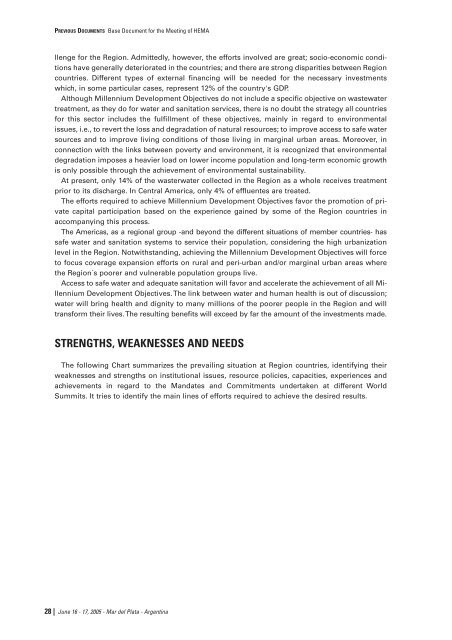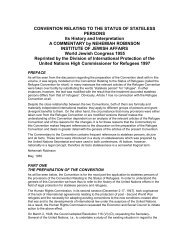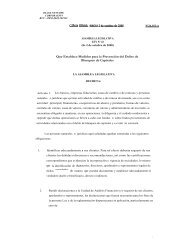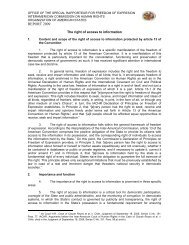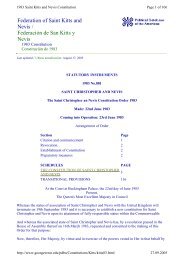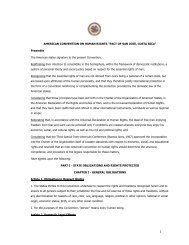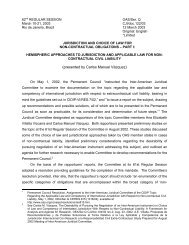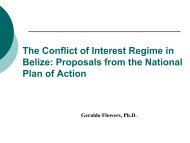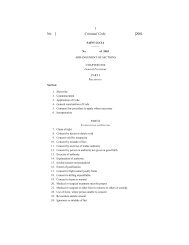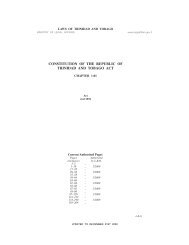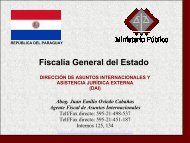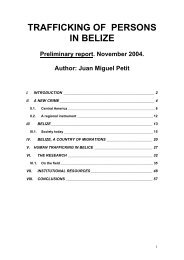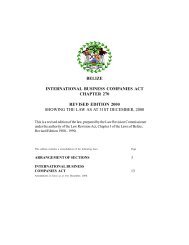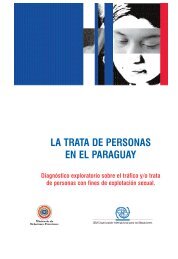(HEMA) Initiative. - OAS
(HEMA) Initiative. - OAS
(HEMA) Initiative. - OAS
You also want an ePaper? Increase the reach of your titles
YUMPU automatically turns print PDFs into web optimized ePapers that Google loves.
PREVIOUS DOCUMENTS Base Document for the Meeting of <strong>HEMA</strong><br />
llenge for the Region. Admittedly, however, the efforts involved are great; socio-economic conditions<br />
have generally deteriorated in the countries; and there are strong disparities between Region<br />
countries. Different types of external financing will be needed for the necessary investments<br />
which, in some particular cases, represent 12% of the country's GDP.<br />
Although Millennium Development Objectives do not include a specific objective on wastewater<br />
treatment, as they do for water and sanitation services, there is no doubt the strategy all countries<br />
for this sector includes the fulfillment of these objectives, mainly in regard to environmental<br />
issues, i.e., to revert the loss and degradation of natural resources; to improve access to safe water<br />
sources and to improve living conditions of those living in marginal urban areas. Moreover, in<br />
connection with the links between poverty and environment, it is recognized that environmental<br />
degradation imposes a heavier load on lower income population and long-term economic growth<br />
is only possible through the achievement of environmental sustainability.<br />
At present, only 14% of the wasterwater collected in the Region as a whole receives treatment<br />
prior to its discharge. In Central America, only 4% of effluentes are treated.<br />
The efforts required to achieve Millennium Development Objectives favor the promotion of private<br />
capital participation based on the experience gained by some of the Region countries in<br />
accompanying this process.<br />
The Americas, as a regional group -and beyond the different situations of member countries- has<br />
safe water and sanitation systems to service their population, considering the high urbanization<br />
level in the Region. Notwithstanding, achieving the Millennium Development Objectives will force<br />
to focus coverage expansion efforts on rural and peri-urban and/or marginal urban areas where<br />
the Region´s poorer and vulnerable population groups live.<br />
Access to safe water and adequate sanitation will favor and accelerate the achievement of all Millennium<br />
Development Objectives. The link between water and human health is out of discussion;<br />
water will bring health and dignity to many millions of the poorer people in the Region and will<br />
transform their lives. The resulting benefits will exceed by far the amount of the investments made.<br />
STRENGTHS, WEAKNESSES AND NEEDS<br />
The following Chart summarizes the prevailing situation at Region countries, identifying their<br />
weaknesses and strengths on institutional issues, resource policies, capacities, experiences and<br />
achievements in regard to the Mandates and Commitments undertaken at different World<br />
Summits. It tries to identify the main lines of efforts required to achieve the desired results.<br />
28 | June 16 - 17, 2005 - Mar del Plata - Argentina


